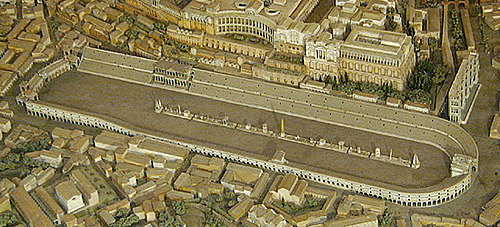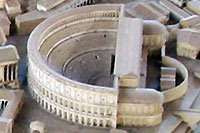
Global development of technologies of structures and architecture through the centuries is associated with intertwining needs of societal culture, progress, and wars. This class helps the students understand architecture and construction as related to societies. It also helps the students understand the importance of Conservation of Historical Sites and Structures as part of World Heritage. The students will document their course experience through reflections in blogs in the form of e-portfolio . Students Blogs are in the following Link:
The class uses problem based learning approach to study the relationships of Architecture Construction and Culture while focusing on four structures : The Colosseum, Circus Maximus, The Pantheon, Theater of Marcellus.
Click here to View the Coure Syllabus
Click Here to View Instructions for Creating this e-Portfolio








